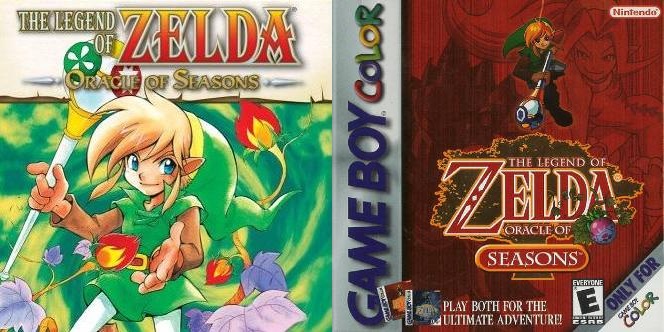
A quick fact about me. I spend more time reading manga than anime. It's just a lot easier to get into than watching anime. If I'm going to watch anything, I have to set aside time for it, otherwise I'm going to end up getting distracted. There have been many times where I've sat down to watch a show, and by the time it ends, I'll be doing something else. MOST of the time that is my fault, not the anime. Manga is just easier to access for me. I can pick up a book, start reading, and time just flies by. Manga adaptations of video games appeal to me a lot. I like seeing how a writer/artist will approach the video games, and what they do with them. For this blog, I am going to focus on The Legend of Zelda: The Oracle of Seasons, the manga based on the game of the same name. This isn't necessarily a review, more of a look into how this compares to the game.
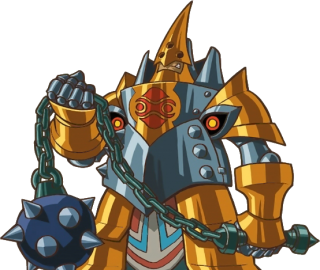
My favorite Zelda game will always be Link's Awakening, but I have a fondness for the Oracle games as well. Since these games came out when I was without a job, and my parents would only buy games for me on my birthday or Christmas, I had to make a choice between Ages or Seasons. I picked Seasons, can't remember why. I think it was because the villain (Onox) seemed cooler, or maybe it was the fact that time travel had been touched upon in Ocarina of Time, playing with the seasons sounded unique.
Seasons is my second favorite Zelda game to this day. The ring system which allowed you to equip abilities (more damage, use sword beam without full life) was pretty cool, and collecting them was addicting. The season switching was also pretty neat, and it looked gorgeous on my Game Boy Color. I was also fond of the animals you could ride. A boxing kangaroo? Awesome. Riding a dodongo (beloved boss monster in past Zelda games) was also cool, but my favorite was Moosh, a blue, flying bear. The best thing about this game was that you could link this game to Oracle of Ages, which was insane. Actually, the fact that they launched TWO Zelda games at once was fucking crazy, and they were two different games. Not two similar games like Pokémon Silver and Gold.
In the game's story, Link gets warped from his home kingdom of Hyrule to the land of Holodrum, where he runs into a dancing troupe whose main star was Din, a beautiful dancer. Soon afterwards, the evil General Onox shows up and ruins things like an evil general should. In true Zelda fashion, you have to conquer 8 dungeons while collecting new items to get to the final boss and save the day! As much as the games can try, most of the story will always just follow along with the formulaic gameplay.
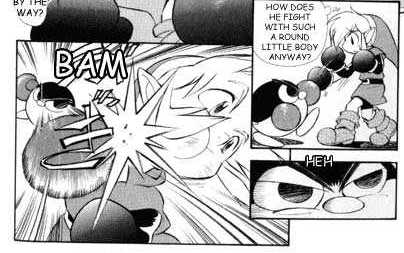
The manga's story spends a lot of time in Hyrule, a really slow start. But once things get to Holodrum...it stays kind of slow. Once Onox shows up though, things move along at a breakneck pace, no dungeons or puzzles here, no collecting eight items to achieve a greater goal. Just plot advancement. That's not to say it completely breezes past the little things about the game. The manga does reference quite a bit from the game. From Link boxing Blaino the Penguin for the boxing gloves to a brief time in Subrosia, the underworld inhabited by hooded people.
A special mention should be given to Maple the witch. In the game she is just a character you randomly encounter for a short period of time, but she gets a much bigger role in the manga. She goes from racing to collect the rupees you dropped to helping Link save the day. Of course up until that point she still has her thieving ways, trying to steal the Rod of Seasons from Link. Speaking of characters not relevant in the game, the book gives Link a little bird friend named Piyoko. Link had known Piyoko back from Hyrule, and has played the role of best friend.
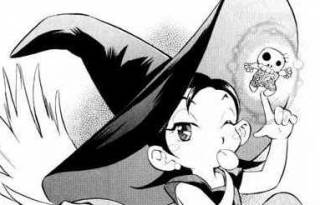
Then there are the fights. This is where the manga shines, it adds a lot of action to the fights. All of the fights in the classic-style Zelda games look the same as far as swordplay is concerned. Link swings the sword the same way every time. Yes, I know, he can do a spin slash, but that just isn't the same. The fights really come to life. There is a battle against Manhandla which brought a smile to my face, probably because it was a dick of a boss in the game. Easily the hardest boss in that game for me, it was cool seeing Link and party fight the monster.
I was impressed by how the book handled the final battle. The game's final battle was pretty crazy. You fought Onox for awhile, then he brought out Din as a shield. A bad guy using the girl as a shield isn't new, but what happened next was insane. Onox transforms into a dragon, and the gameplay changes from the classic Zelda gameplay to a 2D plat-former boss battle. At the time I played this, I was a stupid teenager, so obviously it blew my mind.
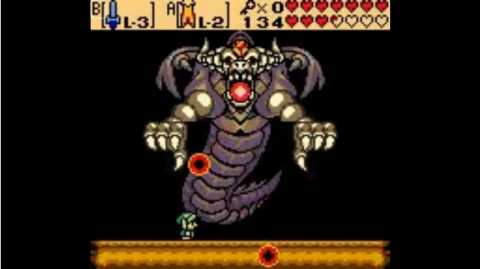
The manga, refusing to be outdone, also has a dramatic final battle. It goes through the first part of the battle, with Onox using Din as a shield again. Maple (who has stolen the Rod of Seasons and made her escape by this point) comes back to help Link, and Ricky the Kangaroo also joins the fight. What you have next is a crazy battle between Onox and the three heroes. In typical manga fashion, Onox kills Piyoko, causing Link to get mad enough to overpower Onox (with the help of Maple's Pachinko Bombs and Ricky's Double Tornado Punch).
Both versions end the same way. Onox has met his end, but his death means that the Flame of Destruction has been lit. This naturally leads into Oracle of Ages.
If you're still hanging around, thanks for reading, this has been one hell of a crazy experiment. Both versions tell the story well, and it all depends on your personal preference. Even though I have played Seasons before reading the manga, I believe that you could just hop in and still enjoy it. I hope to do this again sometime soon. Should be easier the second time right? Thanks for reading.
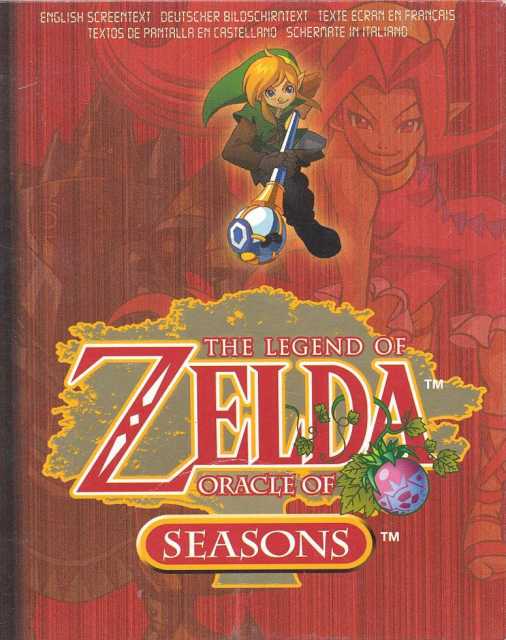
Log in to comment